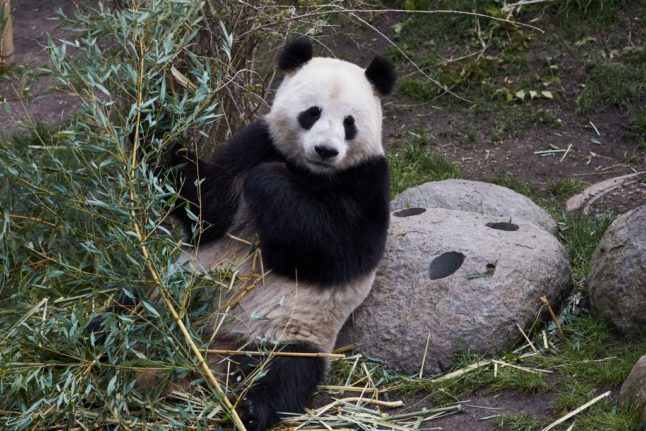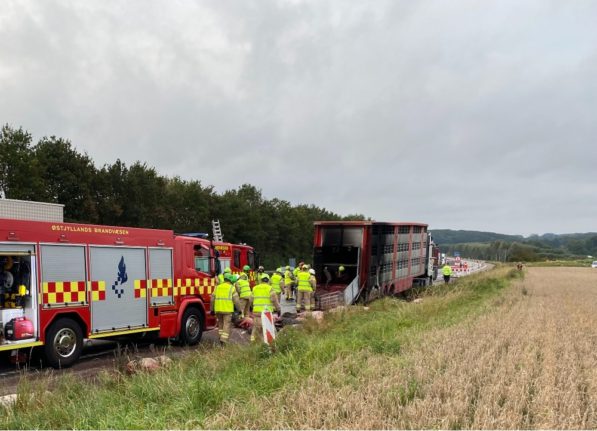The Danish capital’s zoo decided to put the bears in the same enclosure a month earlier than usual so they can get acquainted while temperatures remain
cooler, so they don’t bicker when the mating season begins.
“This year’s panda date is under way,” the zoo wrote on its website.
The zoo also published images showing the pandas keeping a respectful distance and mostly glaring at each other, showing “there’s not exactly love
in the air (yet).”
On loan from China for 15 years, Mao Sun and Xing Er arrived in Copenhagen in spring 2019 and since then all attempts to breed have been unsuccessful.
“We are trying an approach that has been successful with our polar bears and brown bears, we are putting them together now, even though Mao Sun will
not be ready for several weeks,” veterinarian Mads Frost Bertelsen said in a statement.
Normally the pandas are only given a warm-up period of two to three days, and zoo officials hope their new strategy will allow the animals to get to
know each other again, bicker and let out resentment before the window for passion closes.
“Pandas live alone and are not very keen on the company of others. Except, that is, for the few days a year when the female is in heat,” Frost Bertelsen
said.
“Therefore, the first few days they are together can end up in some serious fights,” the veterinarian added.
Reproduction among pandas is particularly difficult in captivity. Females are only fertile for 24 to 36 hours in the spring, according to the conservation organisation Pandas International.
“The problem is that they don’t really know what to do and they only have that one time a year to practise,” Frost Bertelsen said.
“In our experience they have had difficulty being synchronised. When the female was doing her thing, the male was busy with something else — and vice
versa.”
According to Pandas International, the panda population currently stands at 1,864 worldwide, with around 600 in captivity around the world.



 Please whitelist us to continue reading.
Please whitelist us to continue reading.
Member comments